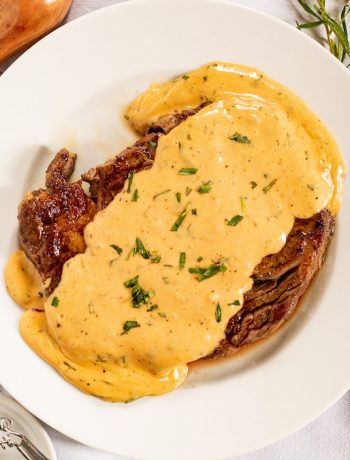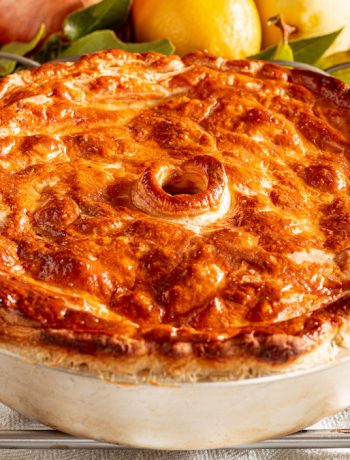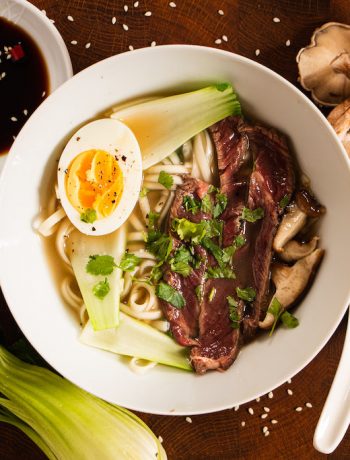Shepherd’s pie is one of those comfort foods that no red meat-eating Brit can possible say they do not love. It sits on countless school dinner menus, it is a weekly family meal for many, and it was famously paired with Krug Champagne at the wild house parties thrown by former Tory MP and jailbird Jeffrey Archer.
The dish is essentially a lamb stew, topped with a mashed potato crust that is then either oven baked or grilled. Like so many other noble foods, shepherds’ pie was originally conceived as a means of using up leftovers. It was first known as ‘cottage pie,’ after the cottages that the potato-eating rural poor called home. These days, ‘cottage pie’ is normally used to describe a beef version, and ‘shepherds pie’ is used to describe the lamb variant … because … sheep.
The history of the term ‘shepherds pie’ is torturously confusing. The first known use of the term is recorded in Merriam-Webster’s as 1854 (‘cottage pie’ was in use almost a century earlier). The 1854 date is probably a reference to its appearance in Mrs I Williamson’s The Practice of Cookery and Pastry. This book was published in Edinburgh, which means that the definitive, named version of shepherd’s pie is very possibly Scottish in origin. It took until 1939 for ‘shepherds pie’ to appear in an English cookbook. This book was Left-Over Meat Dishes by Elizabeth Craig, who was also a Scot. There, the ‘shepherds’ pie term is listed in the index as a cross reference to cottage pie. When Craig wrote her Scottish cook book The Scottish Cookery Book, she did not include a cottage or shepherds’ pie because she did not consider them to be remotely Caledonian. To ladle over another layer of confusion, Craig’s Scottish book was published in London, England, and Williamson does not specify the source animal for her meat.
So, what we are left with here is a silly mystery that is patently not worth solving. Shepherds’ pie is just a circle within another circle that forms the Venn diagram ‘cottage pie.’ We are not even sure that cottage pie is entirely British, as the French make ‘hachis Parmentier,’ the Dutch have ‘filosoof,’ and those crazy Quebecois add canned sweetcorn and call it ‘pâté chinois.’ For our part, The Nosey Chef is a little sad that there is no geekery available here with which to bash the noggins of those who dare to call a lamb pie that of the cottage.
The recipe given here is an adaptation of one from Gary Rhodes’ New British Classics. In this book, Rhodes takes on the task of dissecting hundreds of classic British dishes and doing his level best to elevate them as far as they will reasonably go. In his shepherds’ pie, he adds carefully reduced wine and a squirt of tomato ketchup to produce an outstanding edition of the dish. The Rhodes version has been criticised (by Americans, no less) for being too faffy, but we think it is well worth doing. The Nosey Chef version deletes the minced lamb and uses left-over roast leg of lamb, as we think this gives an even tastier result, and returns shepherd’s pie to its original intention. Felicity Cloake disagrees and says that this makes the meat too dry. This is not the case if the original lamb was cooked sufficiently rare, and we believe strongly in both rare red meat and the proper use of leftovers.
Shepherds' pie
Ingredients
- 675g left over roast lamb (medium rare), cut into small chunks
- 2 tablespoons of neutral oil
- 1 knob of butter
- 3 small onions, finely chopped
- 3 carrots, diced
- 4 celery sticks, diced
- Half tsp chopped fresh thyme
- Half tsp chopped fresh rosemary
- Half tsp ground cinnamon
- 2 tsp tomato puree
- 2 tsp Worcestershire sauce
- 2 tsp Heinz tomato ketchup
- Half a bottle of red wine
- 25g plain flour
- 200ml beef stock
- 900g stiff mashed potatoes (go easy on the butter and milk), seasoned well
Instructions
Heat a Dutch oven with some oil, and lightly colour the roast lamb, Remove the lamb with a slotted spoon. In the same pan, melt the butter, add all the vegetable and herbs, and season with salt, pepper and cinnamon. Cook for 5–6 minutes until starting to soften.
Add the lamb back in along with the tomato puree, Worcestershire sauce and tomato ketchup and stir. Add the wine in 150ml batches, reducing by three quarters each time. This prevents the flavours from boiling away.
Add the flour and cook for 2–3 minutes before adding the stock. Bring the pot up to the boil, turn down and simmer on low for 1.5 hours. If the sauce becomes too thick add a little water, but not too much
During the last half of the cooking time, make the mash. Make sure it is not too loose.
Pre heat an oven to 220˚C. Spoon the sauce into an ovenproof dish, then spoon or pipe the mash on top. Dot some butter over the mash and bake in the oven for 20 mins until golden, and the sauce is bubbling up at the edges.
Notes
We like to serve with with some fresh garden peas, and a good squirt of HP Sauce. If you sprinkle the whole thing over with breadcrumbs before baking or grilling, you get a Cumberland pie. A routine Nosey variation is to add 50/50 w/w steamed cabbage to the mash to make a colcannon. This is very tasty, and is an easy way to add more vegetables to the dish to make a more rounded nutritious meal.



 (3 votes, average: 4.00 out of 5)
(3 votes, average: 4.00 out of 5)


No Comments